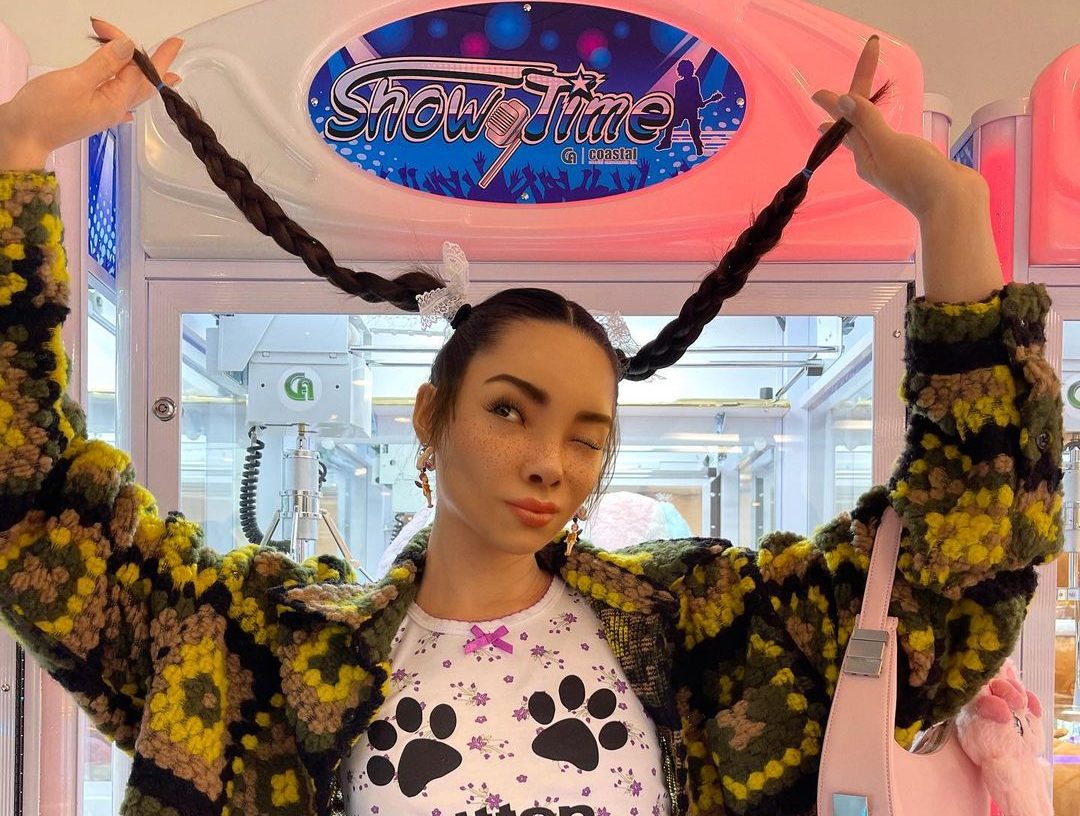By Jalaja Ramanunni

Many brands are working with online influencers as part of their marketing strategies. As the lines between reality and virtuality blur, brands harness virtual influencers’ power to create campaigns and tap into the growing trend of digital escapism.
Virtual influencers are computer-generated characters who possess their own personalities, lifestyles and online personas but are created and controlled by a team of artists and developers. These virtual influencers are gaining popularity on social media platforms, captivating audiences with their unique aesthetics, storytelling, and engagement.
Virtual influencers are gaining popularity on social media platforms, captivating audiences with their unique aesthetics, storytelling, and engagement. Take a look at Lil Miquela, a virtual influencer with 2.8m Instagram followers and major brand deals with Prada, Calvin Klein and Pascun. Her net worth is over $10 million.
It doesn’t stop there. Other brands like Burberry, Gucci and Maybelline have also partnered with virtual influencers for their campaigns. The main advantage for brands that are working with virtual influencers is that they can retain control over the content. Besides, virtual influencers won’t lose interest and switch brands.
Maybelline recently introduced its first digital avatar ‘May’ to launch a new mascara. Nick Vinckier, Co-founder at SOL3MATES, said in a social media post that May would appear in upcoming campaigns for other makeup brands under Maybelline’s umbrella. He explains that it will be cost-effective, reliable and innovative. “The brand will have more control in a space that can often be unpredictable due to controversy with influencer partnerships. Maybelline’s move follows other innovative marketing strategies, with a focus on Gen Z and millennial consumers”.
A virtual influencers survey shows that 58 per cent of social media users follow at least one virtual influencer. If you’re wondering why: 27 per cent of users follow virtual influencers for their content, 19 per cent for the storytelling, and 15 per cent because they inspire them. Thirty-five per cent of responders said they have ever bought a product or service promoted by a virtual influencer.
What does this mean for real-world influencers? Shibi Kabeer, General Manager, Medicaltradehub, comments in a social media post, “Real-life influencers are often able to build a strong connection with their followers and can be effective in promoting products through their personal recommendations and experiences. Virtual influencers, on the other hand, may lack this personal connection and may not be able to generate the same level of trust and authenticity with consumers.”
Virtual influencers could be a valuable supplement to a brand’s marketing strategy, but they are not likely to replace real-world influencers soon.









